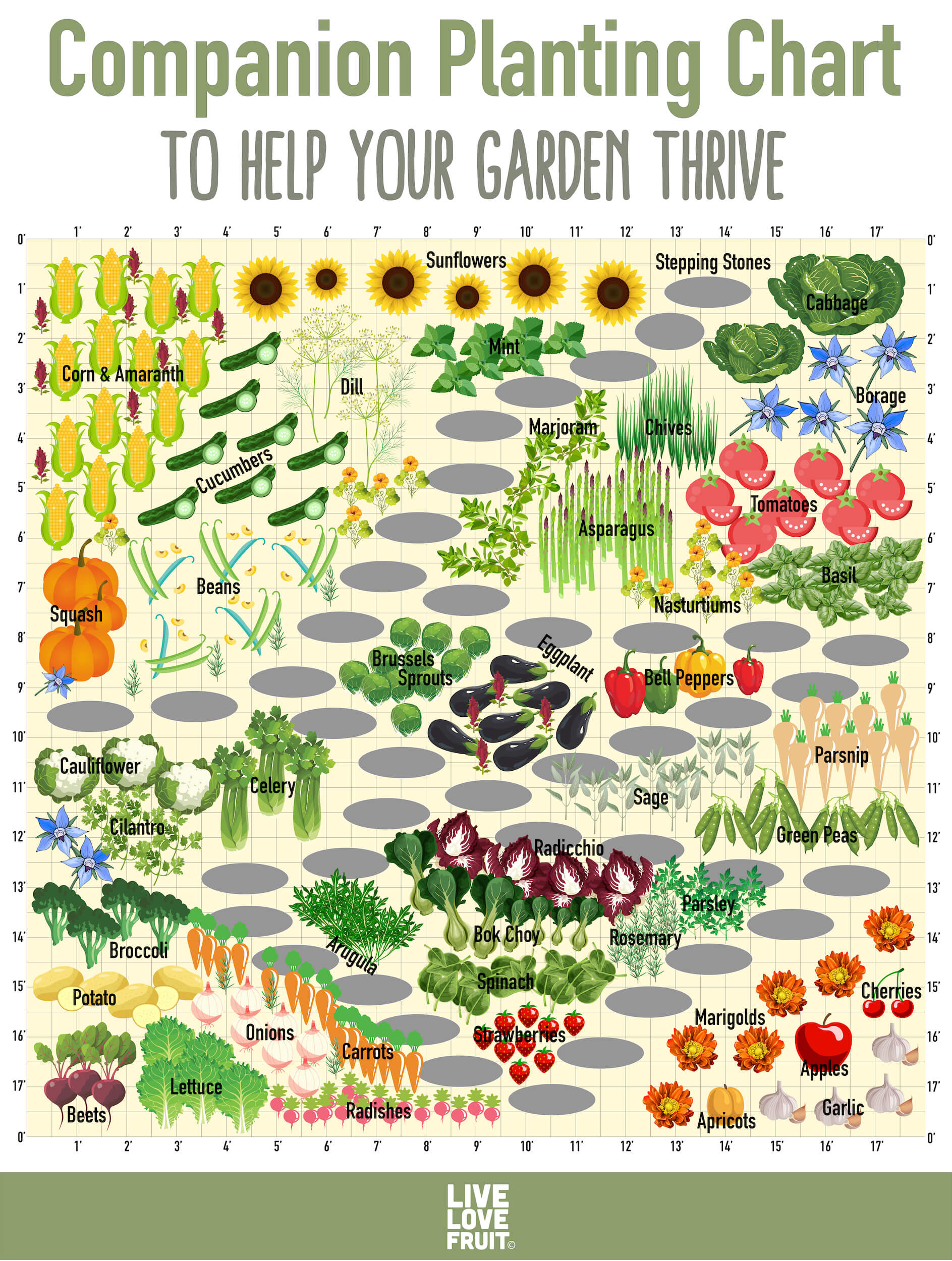Urban Garden Success, Top Companion Planting Tips

Companion Planting Guide for Urban Garden Success
Growing a thriving urban garden isn't just about picking the right plants; it's also about helping them pick the right friends. Companion planting is like setting up a plant buddy system, where different species support each other, promoting growth and deterring pests. Let's dive into the ultimate companion planting guide for urban garden success.
Why Companion Planting Matters in Urban Gardening
In urban spaces, every inch counts. Companion planting helps maximize space, improve soil health, and even reduce pest control efforts. It's like having a tiny, efficient ecosystem in your backyard or balcony.
The Benefits of Companion Plants
Imagine having a team where each member brings unique skills. That's what companion plants do. Some enrich the soil, others repel pests, and a few can even enhance flavors. It's a win-win situation.
Top Companion Planting Tips for Urban Gardens
Understand Plant Families
Just like us, plants have families. Some families get along, others don't. Knowing these relationships is key. For instance, tomatoes (nightshade family) love basil but hate fennel. It's like having a BFF and a frenemy.
Plan Your Plant Combinations
Before you start, sketch out your plant combinations. Tall plants should go on the north side to avoid shading others. Vining plants can share trellises. Think of it as arranging a successful dinner party – everyone has a place, and no one feels cramped.
Best Companion Plants for Urban Gardens
Tomatoes and Basil: A Classic Duo
Tomatoes and basil are like the peanut butter and jelly of the plant world. Basil repels tomato hornworms and improves tomato flavor. Plus, they taste amazing together.
Carrots and Radishes: Underground Friends
These root vegetables grow well together. Radishes loosen the soil for carrots and deter carrot flies. It's like having a helpful neighbor who also acts as a security guard.
Marigolds: The Ultimate Companion
Marigolds are like the popular kid in school – they get along with everyone. They contain thiopene, which repels nematodes (microscopic worms). Plant them with tomatoes, potatoes, and strawberries for a happy garden.
Companion Planting for Pest Control
Herbs to the Rescue
Many herbs act as natural pest repellents. Rosemary, mint, and dill can keep aphids, mites, and other critters away. It's like having a tiny, fragrant security force.
Nasturtiums: Edible Pest Traps
Nasturtiums attract aphids, keeping them away from other plants. Plus, they're edible! It's like inviting pests to a party and then eating them.
Companion Planting for Soil Health
Legumes: Nature's Fertilizers
Plants like beans and peas fix nitrogen in the soil, benefiting heavy feeders like corn and tomatoes. It's like having a personal chef who also cleans the kitchen.
Crop Rotation and Companion Planting
Rotating crops prevents soil depletion and reduces pests. Combine this with companion planting for a supercharged garden. It's like changing your workout routine to keep your muscles guessing.
Companion Planting Seasons
Spring Companions
In spring, plant cool-season crops together, like lettuce, radishes, and peas. They'll grow quickly and leave space for summer plants.
Summer Buddies
Summer is for warm-season crops like tomatoes, peppers, and cucumbers. Mix in some marigolds and basil for a thriving ecosystem.
Fall Friends
In fall, plant brassicas (like cabbage and kale) with aromatic herbs to deter pests. It's like hosting a cozy autumn dinner with good friends.
Companion Planting Myths
Not all companion planting advice is solid. Some combinations show little benefit. Always research and experiment to see what works in your urban garden.
Getting Started with Companion Planting
Ready to give it a try? Start small, with a few known combinations. Observe, learn, and expand. It's like learning a new dance – start with the basic steps, then add your own flair.
For more detailed plant combinations, check out this companion planting guide.
Conclusion
Companion planting is more than just a gardening technique; it's a way to create a harmonious, thriving urban garden. By understanding plant relationships, you can maximize space, improve soil health, and reduce pest control efforts. So, why not give it a try? Your plants (and your taste buds) will thank you.
FAQs
Q: Can I use companion planting in containers? A: Absolutely! Many companion plant combinations work well in containers. Just ensure each plant has enough space to grow.
Q: What if I can't find specific companion plants? A: Don't worry. While certain combinations offer unique benefits, many plants grow well with a variety of companions. Experiment and see what works.
Q: How do I deal with plants that don't get along? A: If you can't separate them, try using barriers or buffers. For example, planting a neutral plant between incompatible ones can help.
Q: Can companion planting replace pesticides? A: While companion planting can help reduce pests, it may not eliminate them entirely. However, it can significantly reduce the need for pesticides.
Q: What's the best way to learn about companion planting? A: Research and experimentation are key. Books, online guides, and fellow gardeners are great resources. Don't be afraid to try new combinations and observe the results.
0 Response to "Urban Garden Success, Top Companion Planting Tips"
Post a Comment